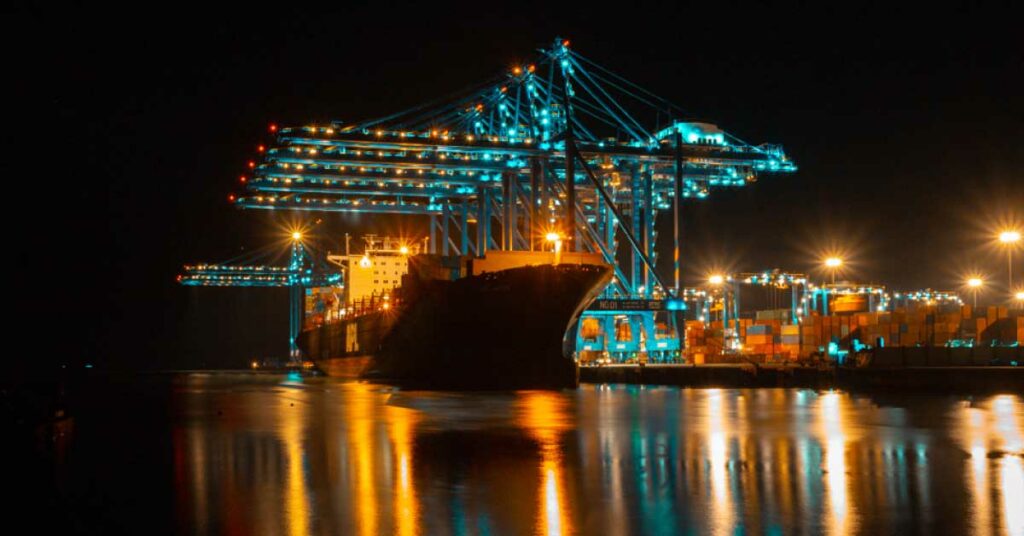Pakistan secures financial aid from Jeddah-based Islamic Trade Finance Corporation (ITFC) worth USD 4.5 billion for crude, petroleum products, and liquefied natural gas (LNG) import. The deal is a three-year trade financing facility. The agreement for the trade financing will next be signed next week.
The ITFC’s funds utilization will be throughout three years (2021-23) for Pak-Arab Refinery Ltd (Parco), Pakistan State Oil (PSO), and Pakistan LNG Ltd (PLL) for the import of crude oil, refined petroleum products, and LNG. The deal mainly focuses on boosting the foreign currency reserves in the nation also strengthening the financial system to ensure proper allocation of resources that meet the oil import bill.
The fund utilization under the Annual Financing Plan will be nearly USD 1.5 billion every year. In addition to few coal and hydropower projects, the Ministry of Economic Affairs has also signed another financing deal for the Mohmand dam with Saudi Fund for Development (SFD) worth USD 31 million.
The import bill for oil neared USD 10 billion in the current fiscal year, yet it continued to rise due to increased oil prices.
As per the Oil Companies Advisory Council, the fuel oil sales amounted to 176,000 mt, 22% higher on the year with a rise of 36% to 2.09 million mt since July 2020.
S&P Global Platts analysis outlined a drop in fuel exports from May to July due to higher consumption in the household and industrial sectors. However, it drives heavy reliance on fuel by domestic power sectors. The demand rose to 36% in the 2020-2021 fiscal year, while power generation through the fuel oil rose 17% for the same period.
The economy contracted due to the pandemic with a negative GDP growth rate for 2019–20 of –0.4 percent. Therefore, the government procured financing instrument schemes to mitigate the economic impact. As a result, the government set a 4.8% GDP growth rate target for the following year. With resilience in the manufacturing, construction sectors and solid domestic consumption, the GDP is anticipated to stabilize next year.
Despite the myriad of challenges, the economy is progressing with contributors like the working population that rose to 110 million, accounting for 60 percent of the total population. Therefore, it is an indicator of abundant active human resources. Also, with significant improvement in large scale manufacturing, the manufacturing sector witnessed growth in the first nine months of FY2021 with 8.99 percent.
